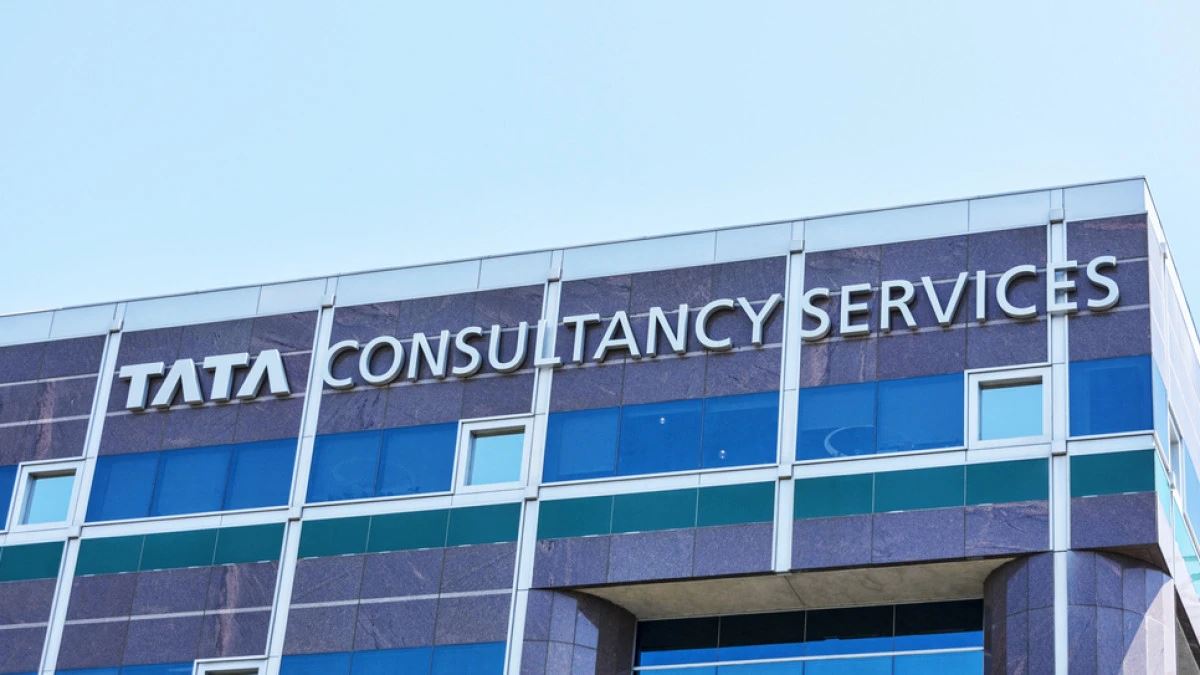The H-1B visa, designed as a mechanism for specialized non-immigrant workers, has been the subject of a multi-decade arc, shifting from a supplemental labor tool to an economic and geopolitical pipeline. Central to this narrative is India, whose vast, English-speaking engineering workforce and export-oriented IT services model turned reliable H-1B access into what became known as the Indian white-collar dream. This visa corridor has not merely facilitated tech hiring in the United States; it has profoundly shaped India’s economy through substantial H-1B remittances to India and strengthened the political and economic ties between the diaspora and the homeland.
Yet, this foundational structure of global talent mobility was dramatically altered in September 2025. A presidential proclamation shocked the tech and immigration landscape by imposing a colossal H-1B fee $100000 on new petitions. This move, framed by the administration as a necessary measure to protect US workers and curb program abuse, unleashed a wave of immediate uncertainty and forced major corporations and Indian IT giants alike to recalibrate their global talent strategies. The suddenness of the H-1B policy 2025 change has set the stage for a critical analysis of its short-term disruption and its potential to accelerate long-term shifts in the balance between offshoring vs onshoring strategies.
The Ascent of the Indian White-Collar Dream
The story of the H-1B visa and India is intrinsically linked to the rise of the global outsourcing model in the late 20th century. With an unparalleled pool of technically skilled, English-proficient graduates, India provided the talent necessary to fuel the American tech and services boom. Indian consulting, outsourcing, and diaspora networks expertly utilized the H-1B visa, transforming it into the primary gateway for highly-skilled Indian professionals seeking careers in Silicon Valley and major US financial and medical hubs.
The success of this migration model translated into hard economic power for the home country. The steady stream of earnings sent back by these professionals – the H-1B remittances to India – has been a crucial component of India’s foreign exchange reserves, solidifying its position as the world’s largest recipient of remittances. This flow of capital, coupled with the return of experienced, globally-trained professionals, has given rise to the Indian white-collar dream, a national narrative where talent and aspiration are directly rewarded by US economic opportunity, which in turn reinforces homeland growth. The success of this highly-skilled diaspora elevated the geopolitical relationship between the two nations, intertwining their economic futures.
The Backlash: From Skills Gap to Job Theft
While US companies championed the H-1B as a necessary means to fill critical skills gaps, the visa program became increasingly politicized. Beginning in the 2000s, coinciding with rising economic anxiety and the proliferation of automation technologies, a persistent US immigration backlash took root.
This backlash was often channeled through the political right, which leveraged rhetoric framing H-1B holders, and particularly Indian tech workers, as “job-stealers.” Critics argued that the visa was being exploited by large outsourcing firms to bring in lower-wage workers, thereby displacing American employees and artificially depressing domestic tech salaries. This sentiment intensified greatly throughout the 2010s and 2020s, merging with a broader economic-nationalist agenda focused on restoring jobs and industrial capability within the United States. The perception that offshoring and automation were eroding the traditional American middle class placed the H-1B visa directly in the political crosshairs, paving the way for drastic, restrictive measures.
September 2025, the $100,000 Mandate Shock
The simmering tensions erupted into immediate policy shock with a presidential proclamation issued in September 2025. The core of the order mandated a punitive H-1B fee of $100,000 to accompany any new H-1B petitions filed after September 21, 2025. This payment requirement, a nearly 70-fold increase over previous fees, was an unprecedented move described by the administration as a necessary protective measure for domestic workers and a way to ensure that only the highest-skilled, highest-paid candidates would be sponsored.
The implementing guidance, issued by the White House and clarified by agencies like USCIS, confirmed that the new H-1B fee applies prospectively to new petitions, including the upcoming lottery cycles. Crucially, the H-1B rollbacks clarifications stated that the fee does not apply to current H-1B visa holders, those seeking renewals, or those whose petitions were filed before the effective date. This distinction brought relief to hundreds of thousands of existing workers but instantly created a catastrophic barrier to entry for new talent, particularly recent graduates and those seeking their first US-sponsored job. Furthermore, the proclamation signaled a shift away from the traditional lottery system toward a new wage-based selection process intended to further prioritize “high-skilled and high-paid” applicants.
Panic, Pause, and Diplomacy in the Immediate Aftermath
The announcement of the H-1B policy 2025 triggered immediate and varied reactions across the globe.
In the US, major employers, particularly those reliant on new skilled talent, faced a major operational crisis. Tech companies, financial institutions, and specialized sectors like medtech firm Intuitive immediately announced a tech hiring pause in the USA or began urgently reassessing their workforce strategies for 2026. For a startup or mid-sized company, an incremental $100,000 fee per new employee, a sum roughly equivalent to the annual median salary for a new H-1B worker, is economically prohibitive. This cost barrier effectively removed thousands of eligible jobs from the US market for foreign talent.
India responded through high-level diplomatic channels, voicing deep concern over the disruptive nature of the change. Officials argued that skilled mobility and exchanges had created immense wealth for both nations, and that such a dramatic fee increase was tantamount to being “Afraid of our talent”. Meanwhile, legal and policy analysts scrambled to interpret the full scope of the proclamation, particularly regarding the collection mechanism of the fee and the potential for legal challenges. Despite the quick issuance of H-1B rollbacks clarifications stating that current visa holders were exempt, uncertainty persisted, leading many companies to advise their foreign employees against international travel due to fear of inadvertently triggering the massive re-entry fee.
The Macroeconomic Fallout of Offshoring vs. Onshoring
The $100,000 fee serves as a massive new incentive for companies to fundamentally change their talent supply chain. In the short-to-medium term, several macro effects are highly anticipated:
The Accelerated Shift to Offshoring
For large US multinational corporations (MNCs) and Wall Street banks, the new fee provides a powerful financial motivation to accelerate existing trends toward offshoring vs onshoring. Rather than pay the $100,000 fee to bring a new engineer to the US, companies are expected to increasingly rely on their Global Capability Centers (GCCs) in India. Experts suggest that major banks, which already operate vast GCCs in cities like Bengaluru and Hyderabad, will lean more heavily on these centers, potentially shifting higher-value job functions to India. This outcome, ironically, may counteract the administration’s stated goal by transferring high-skill jobs out of the US altogether.
Reduced Talent Mobility and Remittances
The immediate impact on the Indian economy will be felt through reduced new visa issuances, resulting in a likely moderation of growth in H-1B remittances India. While analysts suggest the impact on total remittances might be relatively contained (e.g., losses below $5 billion), the effect on the mobility pipeline – the very mechanism that has fueled the Indian white-collar dream – is significant. The new structure discourages fresh Indian graduates from pursuing US employment directly, potentially redirecting this skilled talent to alternative destinations like Canada, Germany, or China, which is reportedly developing its own “K-Visa” as an H-1B rival.
Domestic Labor Market Response
The policy’s success hinges on whether US workers can readily fill the jobs that H-1B workers once occupied. The $100,000 fee acts as an indirect wage incentive, pressuring US firms to raise wages for in-country roles to attract domestic talent. However, the true solution requires more than just cost barriers; it necessitates strategic investment. Policymakers face the complex task of pairing immigration restrictions with significant investment in domestic STEM training and skills development. Without this complementary effort, the market may simply default to the most cost-effective solution: expanding existing offshore delivery models.
Protectionism and Sustainable Talent
The H1B India timeline has now reached a major inflection point. The H-1B policy 2025 is not merely a revenue-generating tax; it is a clear policy statement prioritizing economic protectionism over open access to global talent.
The path forward will be dictated by the policy choices made in the coming year. Will the government utilize the national interest exception to grant targeted exemptions for critical sectors like rural healthcare or defense technology? Will the Department of Labor, through its Project Firewall initiative, successfully curb historical H-1B abuses without crippling legitimate business needs? And critically, will the new wage-based selection system that favors mid-career professionals over entry-level international graduates, ensure that the US continues to attract the “best and brightest” talent at the formative stages of their careers?
Ultimately, the goal of achieving sustainable productivity for the US economy requires a robust and reliable workforce. The $100,000 H-1B fee, while satisfying protectionist demands, risks making the US an insular and unpredictable destination for high-skilled workers. Instead of guaranteeing American jobs, the policy may simply ensure that the next generation of technological innovation and high-value work is increasingly performed in global capability centers located miles away from Silicon Valley. The future of US and Indian tech cooperation now depends on how quickly and effectively the industry and governments adapt to this massive new talent barrier.



















